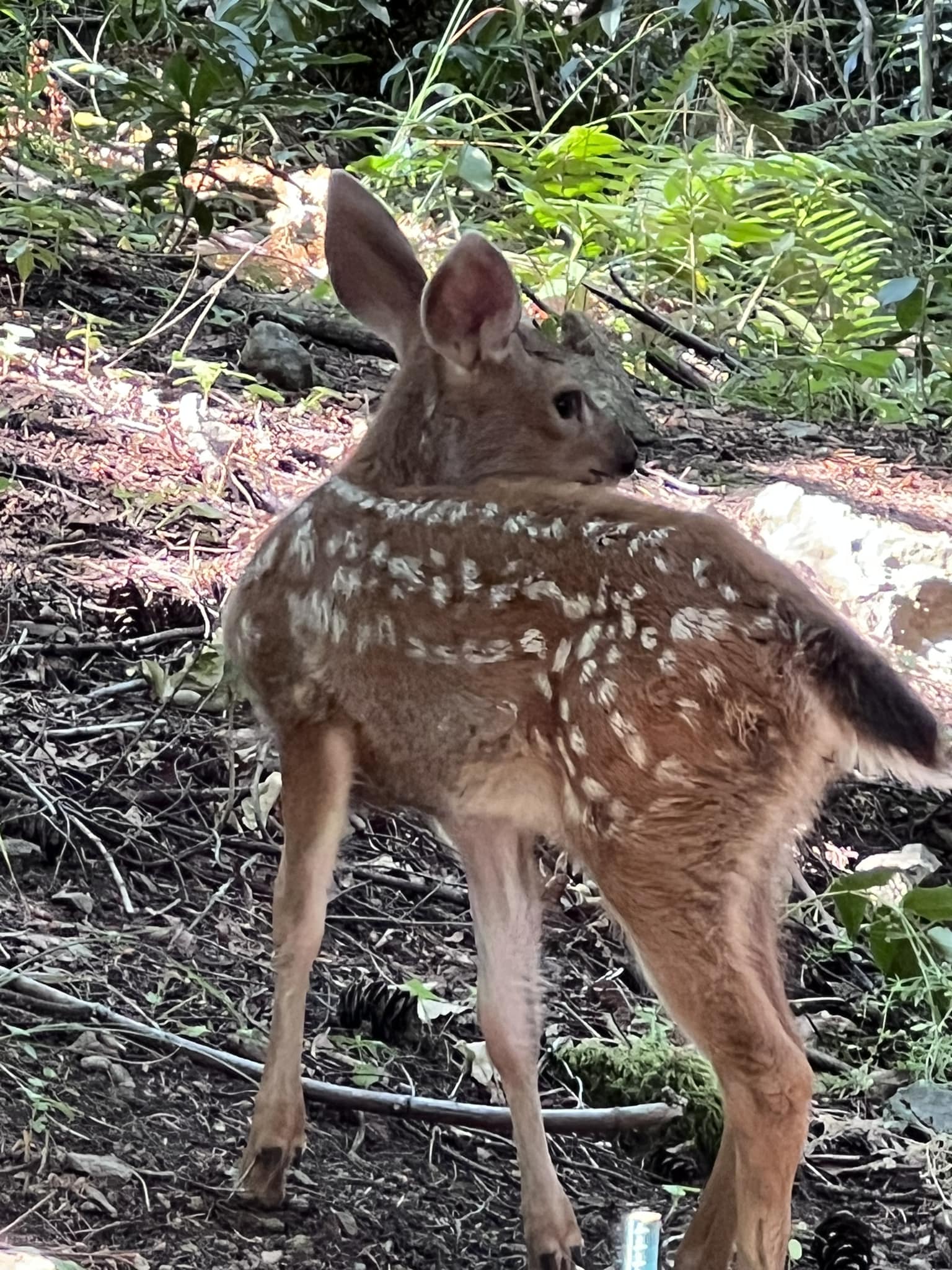Like almost anything on the internet; the topic of Rat Poison is anything but simple. Much anecdotal information gets spread around and leads to misinformation, albeit well meaning, it is still many times poor, misleading or just outdated. Ultimately, do your own research from trusted sources, I have tried to link some pertinent citations, but I am lazy.
On Jan 21 2023 the Province of BC banned the use of second-generation anticoagulant rodenticides (SGARs), which the province says risk the secondary poisoning of animals who consume poisoned rodents. There are some exceptions for certain places that can use it (Hospitals, food Services) but only by licensed permitted contractors. Some updated information available at the following link.
First generation Anticoagulants like Warfarin came into use during the early 1950s and revolutionised rodent control with outstanding safety and efficacy. The second-generation anticoagulants were introduced to overcome resistance to the first-generation compounds, which was first observed in the late 1950s. However, SGARs can pose a serious risk to people, pets and wildlife through direct and secondary poisoning. The risk of secondary poisoning for wildlife by SGARs is higher than first-generation products because the active ingredients stay in animal tissue for a long time after feeding. There were many that supported and led to the use restrictions now in place.
But then the new kids on the block came by that are not anticoagulants. Bromethalin was developed and released in 1985 to combat a world-wide problem of rodent resistance to warfarin-like anticoagulant rodenticides. Bromethalin is not an anticoagulant but is a highly potent rodenticide that provides a lethal dose to rodents in a single feeding. Death occurs within 24 to 36 hours after ingestion. It is a pale, odorless, crystalline solid compound in the diphenylamine family. High intracranial pressure, causing damage to nerve axons, inhibiting neural transmission and leads to paralysis, convulsion and death.
This is what you see now in the stores, Dogs and cats are at risk as they are attracted to it.

A five kg dog would have to consume five to six packages to reach toxic levels and a five kg cat would have to consume one to two packages to reach toxic levels. Signs of a sub-lethal dose include hind limb ataxia, depression, extensor rigidity, opisthotonus (Spasms), lateral recumbency and vomiting. High doses may bring about severe muscle fasiculations(Spasms), hind limb hyper-reflexia, seizures, hyperthennia(no idea what that is) , depression and death.
There is not a great deal of study on its possible secondary poisoning effects of but studies in 2015 suggest it is low.
Re Bell labs. “As of 2018, to the best of our knowledge, there have been no reported cases of secondary poisoning from bromethalin rodenticides.”
Personally, I think the invasive Barred Owl is the most effective pest control by far, Studies by UBC at Stanley Park, and others in the Frasier Valley that indicate a Rat heavy diet.
https://www.researchgate.net/publication/273501946_When_Owls_go_to_Town_the_Diet_of_Urban_Barred_Owls
This one is fascinating.
- References:
- Dorman,DC, Simon,J,Harlin,KA, Buck, WB.Diagnosis of BromethalinToxicosis in the Dog. Journal of Veterinary Diagnostic Investigation. 1990, 2: 123-128.
- Dorman,DC, Parker,AJ, Buck, WB.BromethalinToxicosis in the Dog.Journal of the AmericanAnimalHospital Association. 1990, 26:589-598.
- Dorman, DC. Anticoagulant,Cholecalciferol, and Bromethalin based rodenticides.Veterinary Clinics of North America, Small Animal Practice. 1990,20: 339-352.
